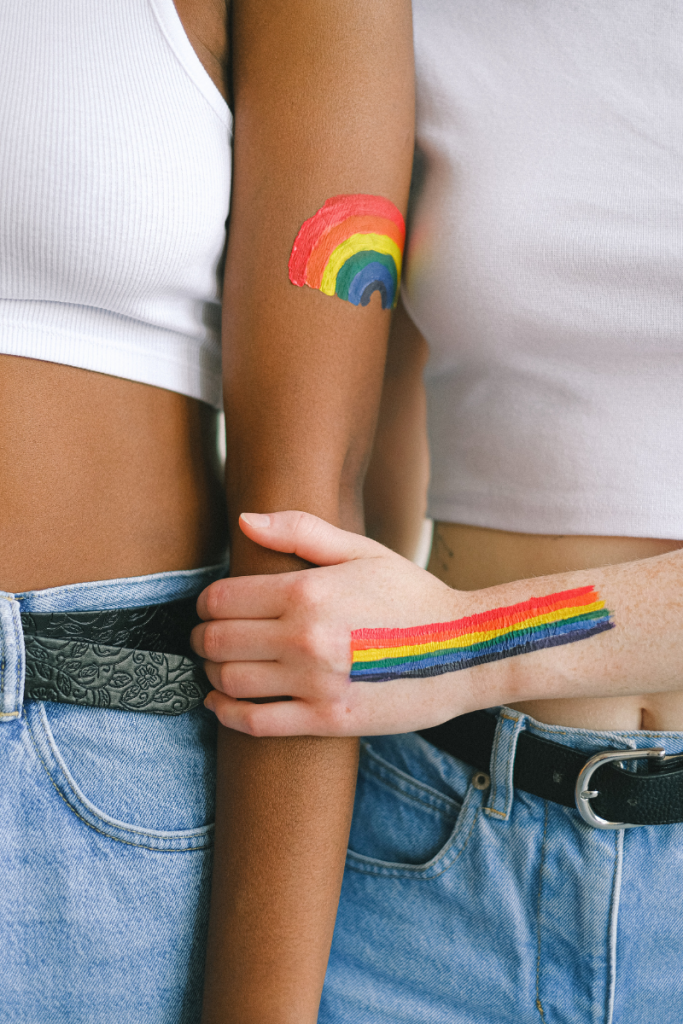
Close
In recent years, nonprofits and federal agencies alike have made huge progress in understanding differing experiences of homelessness among varying demographic groups. For LGBTQ+ people, however, their experiences remain hazy.
Like youth who experience homelessness, one of the primary difficulties in understanding the LGBTQ+ experience is that this group most frequently experiences invisible homelessness – meaning couch surfing, renting a motel, or living with potentially unsafe partners to avoid sleeping in camps.
In the 2019 Prism Project Report conducted byTulsa Reaches Out, Hope Research Center found that 1 out of every 8 LGBTQ+ people surveyed had experienced homelessness in their lifetimes. Of those people, 9 in 10 did not seek out emergency shelter.

One reason is that some LGBT homeless youth have experienced discriminatory practices and policies when trying to access homeless services. In the Prism Project Survey, 30% of those who had not sought shelter during their homeless experience reported that this was based on fear of mistreatment and fear for their safety. Transgender
people struggle to have their correct gender and name respected, both in the paperwork and databases they encounter to access shelter and in the gendered bed space that they are offered. When harassment and abuse does occur in shelters, the LGBTQ+ person is often asked to leave rather than the perpetrator of the abuse.
For the queer person on the receiving end, these experiences are demoralizing and traumatizing, contributing to higher rates of conduct disorder, post-traumatic stress disorder, and suicidal behavior.
In practice, these experiences also make documenting and understanding the LGBTQ+ homeless experience difficult. To qualify for most community-based homelessness programs, a person must be experiencing “unsheltered” homelessness. For some programs, they must have been experiencing homelessness in this way for over a year – and be able to document that with third-party attestations. If you’ve spent a week or two in a hotel or on a friend’s couch, that makes these hoops that much harder to jump through.
Another reason for our fuzzy understanding of LGBTQ+ homelessness, especially locally, is that we simply don’t ask. Only in 2021 did the Department of Housing & Urban Development update the data standards followed by communities like ours to include expanded gender options. Additionally, sexuality is not currently asked during either routine data-entry or the yearly Point in Time Count – and therefore, we don’t have a basis for understanding how many queer folks make up our homeless community.
In both cases however, further training is needed to ensure that those who ask the questions both do not make assumptions about the client and are prepared to support those whose answer does not fall within the expected gender norms. Without this preparation, we can expect that the data will reflect the assumptions made by practitioners and the discomfort of clients rather than the reality of who we’re working with.
Housing Solutions © 2020. All rights reserved.

